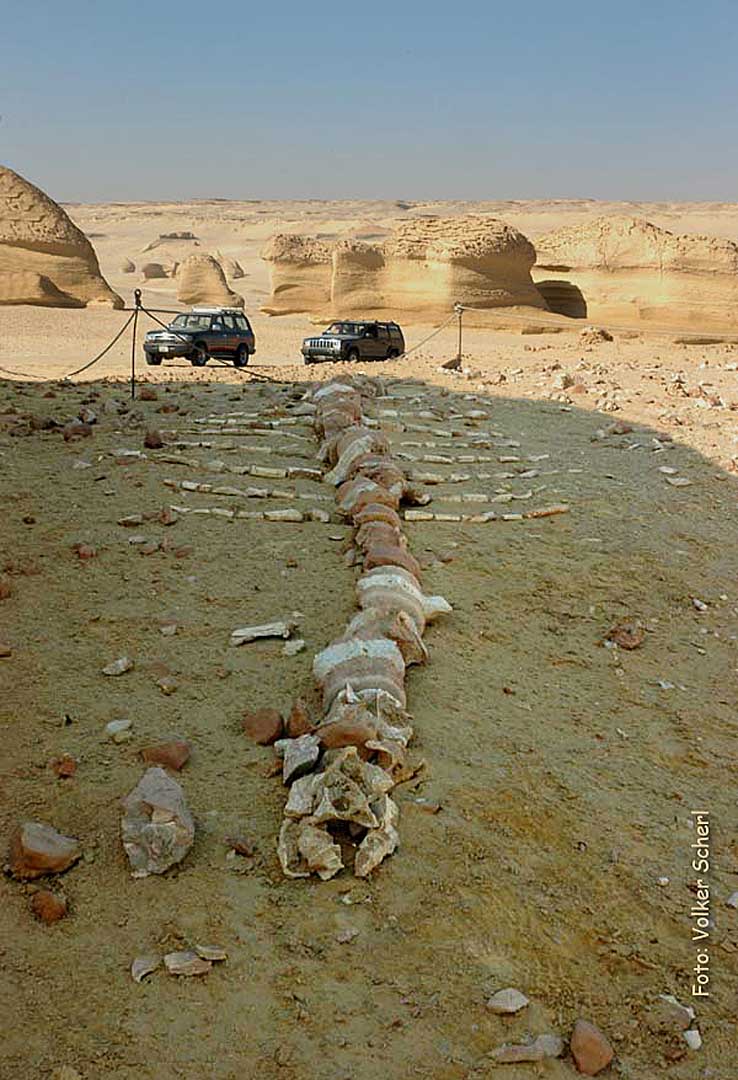Wegener formalized his theory of continental drift in his 1915 book The Origins of Continents and Oceans. Wegener stated that over 200 million years ago, an original supercontinent had existed that he called Pangaea. Pangaea broke apart into many smaller segments. These individual segments moved or drifted over time until they formed the shape and location of the current continental landmasses.
- Click here to see a computer simulation of Pangaea and how its breakup led to the current configuration of the present day continents.
The topographic fit of continents was only one piece of evidence that Wegener used to support his theory of continental drift. Topographic fit, however, had been dismissed by most scientists as just a curiosity and a coincidence. Wegener himself only became convinced of the reality of continental drift as a result of other evidence he found to support his theory. Other forms of evidence that he presented to support continental drift included: geologic evidence, fossil evidence, and climate evidence.
Whales in the Desert?
Wadi El-Hitan (Arabic for “Valley of Whales) is located in the Egyptian desert about 150 kilometres southwest of Cairo.
- Click here to see the location of Wadi El-Hitan.
Wadi El-Hitan is significant because of its large concentration of nearly intact fossilized whale skeletons. These whale fossils are estimated to be between 34 and 40 million years old. Wadi El-Hitan was designated a UNESCO World Heritage site in 2005 because of the quality and the number of its unique fossils.
- How is it that fossilized whales can be found in the middle of the desert? What do you think? The presence of the whale fossils indicates that the location of Wadi El-Hitan was not a desert when the whales lived. The location must have been a marine environment when the whales were alive (i.e. 34-40 million years ago).
- How do the whale fossils provide evidence for continental drift? The existence of the fossils clearly demonstrates that the Earth in the past was different from what we see today. The presence of the fossils provides evidence that the positions of lands and oceans have obviously changed from what they were in the past.
- Click on each date to see how the location of Wadi El-Hitan has changed over time.

